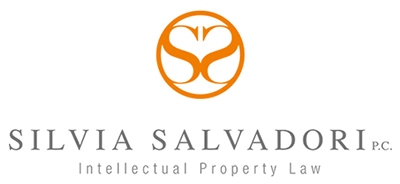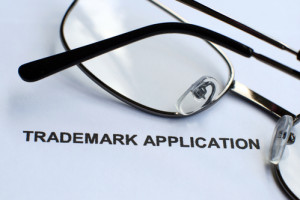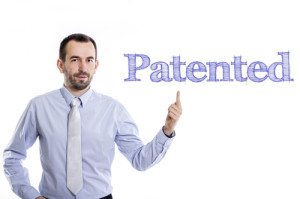
{1 minute to read} In May 2020, due to the Covid-19 outbreak, the U.S. Patent and Trademark Office (USPTO) issued a Notice in which it facilitated the requirements to file plant applications. The Notice has not been modified and is still valid to this day, thus, it is still possible to file plant applications and follow-up documents via the USPTO electronic filing systems. The requirements to file plant applications are outlined in the Notice available below:
Relief Available to Plant Patent Applicants in View of the COVID-19 Outbreak
 |
Silvia Salvadori, PhD Salvadori Law Silvia@salvdorilaw.com |
| Please contact me at silvia@salvadorilaw.com with questions or comments. |










